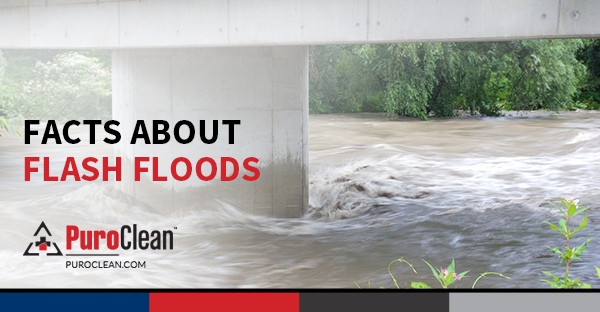 Hurricanes are fascinating weather phenomena but also highly dangerous when they spawn large waves that hit coasts. Although hurricanes usually weaken over land, inland flooding is also common due to heavy rains and storm surges. Here are more interesting facts about hurricanes:
Hurricanes are fascinating weather phenomena but also highly dangerous when they spawn large waves that hit coasts. Although hurricanes usually weaken over land, inland flooding is also common due to heavy rains and storm surges. Here are more interesting facts about hurricanes:
1. Hurricanes are powerful tropical storms (or cyclones) that occur in the Atlantic Ocean and the Gulf of Mexico. The hurricanes that form in the Northwest Pacific (near Japan) are called typhoons and those occurring in the South Pacific or Indian oceans are called cyclones.
2. A tropical storm classifies as a hurricane when its winds reach the speed of at least 74 mph (119 km/h). The fastest recorded hurricane wind speed is 215 mph (345 km/h) in Hurricane Patricia in 2015.
3. Hurricane season occurs between June and November, when the conditions of forming tropical storms are there: warm seas and humid atmosphere.
4. The word “hurricane” comes from “hurucane”, a Taino Native American word that means “evil spirit of the wind”, which is not surprising.
5. These powerful storms release a vast amount of energy – each second, a large hurricane releases an amount of energy equivalent to 10 atomic bombs. Hurricanes are sometimes called “heat engines”.
6. Hurricanes are the largest storms on Earth. Their size varies greatly – from 62–1,243 mi (100–2,000 km). The largest hurricane on record is Typhoon Tip, which occurred in 1979 in the northwest Pacific. It had a diameter of around 1,379 mi (2,220 km).
7. In the Northern Hemisphere, hurricane winds move counterclockwise around the center, while in the Southern Hemisphere, the winds travel clockwise due to the Coriolis effect.
8. Hurricanes rarely produce thunder and lightning because these phenomena are formed by vertical winds that cause water and ice to rub together. Most hurricane winds are horizontal. However, in 2005, Hurricane Emily, Hurricane Rita and Hurricane Katrina all had extensive thunder and lightning.
9. The deadliest hurricane to hit the United States was the Category 4 Great Galveston hurricane of 1900. The hurricane reached the Texas coast south of Galveston on September 8 and 8,000 to 12,000 people lost their lives.
10. All hurricanes have an eye of typically 20–40 miles (30–65 km) in diameter of mostly calm weather. This is why, if the eye of the storm passes over your area, the storm will calm. However, the eye is surrounded by the eye wall where the most severe weather occurs.
Preparedness is essential to staying safe in a hurricane. Learn how to prepare for hurricanes in this article and how to stay safe during a hurricane here. For professional fire, water, and mold restoration services, contact your local PuroClean office.



 PuroClean of Broken Arrow
PuroClean of Broken Arrow